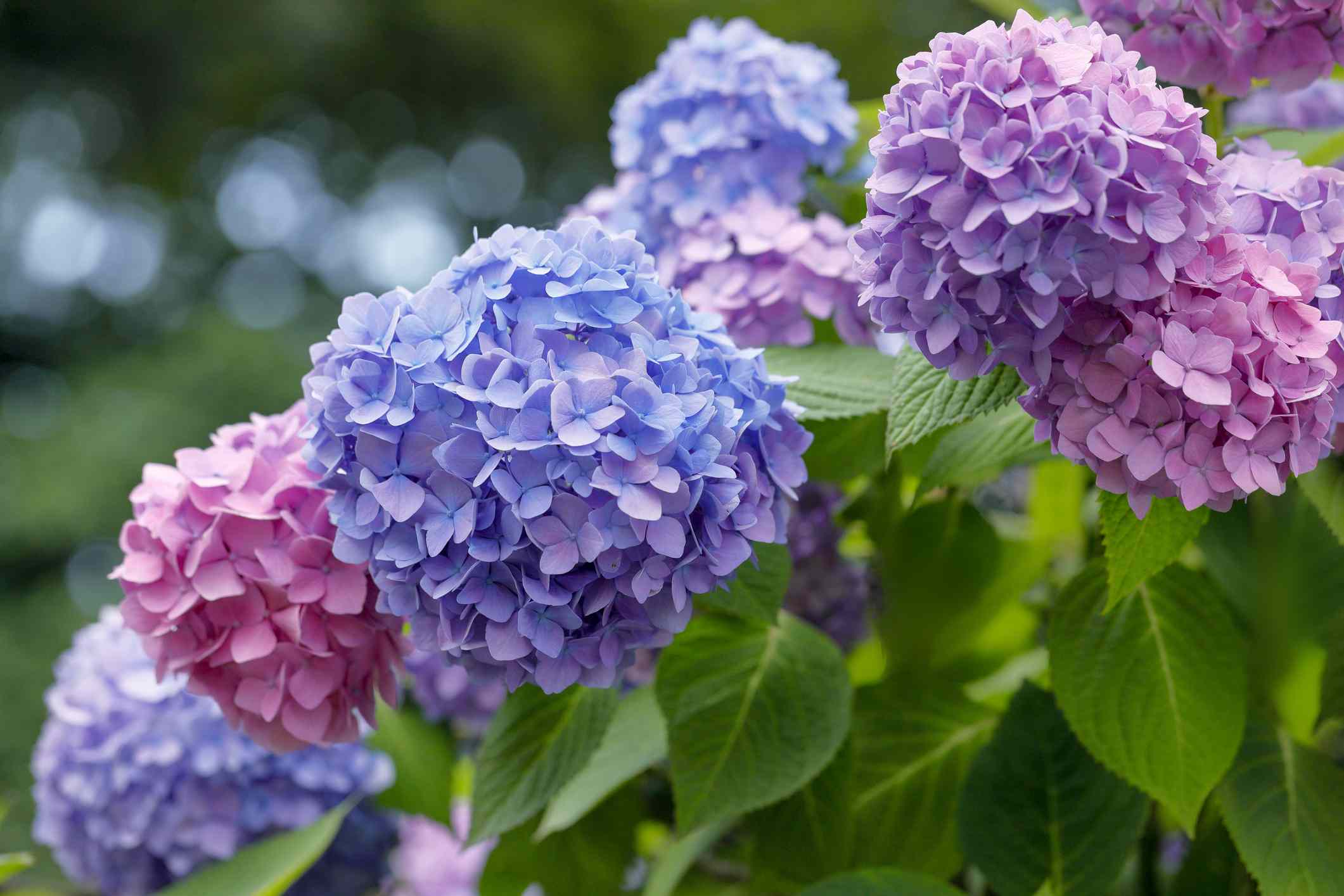Key Points
- Hydrangeas wilt in summer heat from sun stress, not just thirst.
- Morning sun and afternoon shade keep them healthier and cooler.
- Some types, like oakleaf, handle heat better than others.
Hydrangeas come in many varieties—and they’re all beautiful to have in the garden. During the summer, though, you’ll likely notice them wilting from time to time and it’s not always because they’re thirsty for some water.
“With excessive heat, hydrangeas can show wilting symptoms very, very quickly,” says Damon Abdi, an assistant professor of landscape horticulture at Louisiana State University. “But the good news is, generally, they’ll bounce back pretty quickly as well.”
What should you do when your hydrangeas wilt in the heat, even if you just watered them? We asked Abdi and other gardening experts what could really be going on with the flowers during the summer heat.
Meet the Expert
- Damon Abdi is an assistant professor of landscape horticulture at Louisiana State University.
- Tabar Gifford is a master gardener and partnership cultivator at American Meadows and High Country Gardens.
- Dr. James S. Mastaler is the founder of Pistils & Pollen.
Want more gardening tips? Sign up for our free gardening newsletter for our best growing tips, troubleshooting hacks, and more!
Why Hydrangeas Wilt in the Heat Even After Watering
Generally, all varieties of hydrangeas tend to wilt when they need more water, but depending on the type, hydrangeas will also start to droop when they’re receiving too much sun.
“You don’t want that in the full afternoon sun,” Abdi says. “The hydrangea paniculata will take full sun, but for the hydrangea macrophylla, you don’t want them in the sun in the afternoon.”
It’s important to note that some varieties, like the oakleaf hydrangea, are more heat and drought-tolerant.
“It’s more accustomed to a lot of the really intense summer heat that we get in much of the Midwest, where I live, or the East Coast, where a lot of folks love to plant hydrangeas, typically,” Dr. James S. Mastaler, the founder of Pistils & Pollen, says, noting that it does still wilt if it needs water.
He has oakleaf hydrangeas planted in his parkway and observes that “it does like water, especially when it is trying to establish itself as a baby hydrangea plant.
Now, as it’s gotten much larger and bigger, it’s more drought tolerant because it has been able to send down those deeper roots.”
What to Do When Your Hydrangeas Wilt in the Heat
If your hydrangeas are wilting in the heat, experts suggest solutions like initially planting them underneath trees or other shrubs that can offer natural shade in your garden.
Abdi suggests installing a canopy to protect the plants or making sure to plant hydrangeas (especially the lacecap type) on the east side of your home, so it can receive sun in the morning, but shade in the afternoon.
“Most of these hydrangeas in their natural habitat are understory plants, or they would be found on the edges of woodlands, and so they are naturally being exposed to a little bit of sun,” Mastaler says.
“They’re not living necessarily in deep shade all the time, but they’re going to have the protection of larger trees and shrubs around them.”
Specifically for the panicle hydrangea, Abdi recommends pruning the plant to help it through drought stress or other issues. However, he says that this method won’t work with lacecap hydrangea, which should be pruned after it blooms, with the understanding that it will bloom again next season.
“Hydrangea paniculata leaves look really bad when they’re wilting,” he says. “If the rest of the plant isn’t looking good, you can really prune hard, and then the new growth will give you new flowers.”
Other Possible Causes of Wilting Hydrangeas
Though experts agree that wilting most often indicates that a hydrangea wants water or shade, the plant could be trying to tell you about another problem.
If the plant stays wilted overnight, start to check for signs of overwatering, poor drainage, or stressed roots.
“Check the soil a few inches down,” Tabar Gifford, a master gardener and partnership cultivator at American Meadows and High Country Gardens, says, noting some symptoms to look for.
“Is it bone dry? Compacted? Or oddly soggy?”
Other Issues You Might Notice With Hydrangeas in the Heat
During the summer heat, many types of hydrangeas will show signs of having a bit too much sun, like leaf scorch—meaning the leaves will have brown, crispy edges. Other symptoms include curling leaves or faded flowers.
“I’ve learned the hard way that even ‘sun-loving’ hydrangeas can struggle with too much afternoon sun,” Gifford says, noting this is especially true in the Southeast and Southwestern U.S.
She recommends giving the plant some shade, as well as adding 2 to 3 inches of mulch around the hydrangea’s base to keep its roots cool and moist, but don’t pile it up against the stems.











